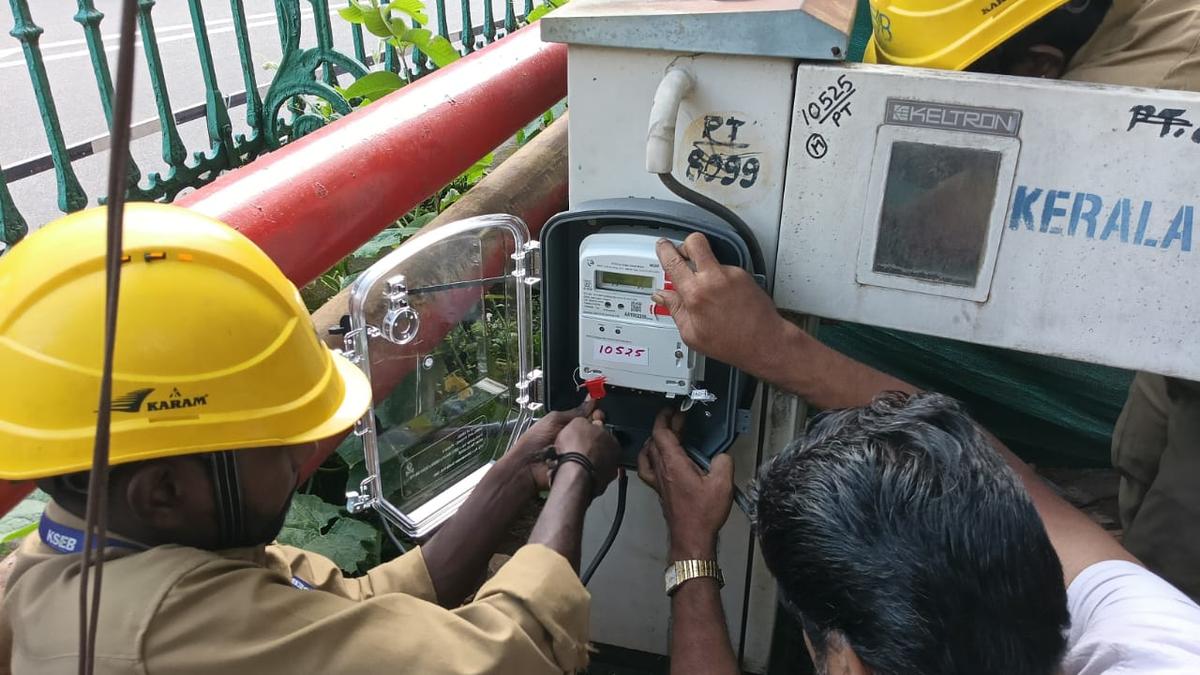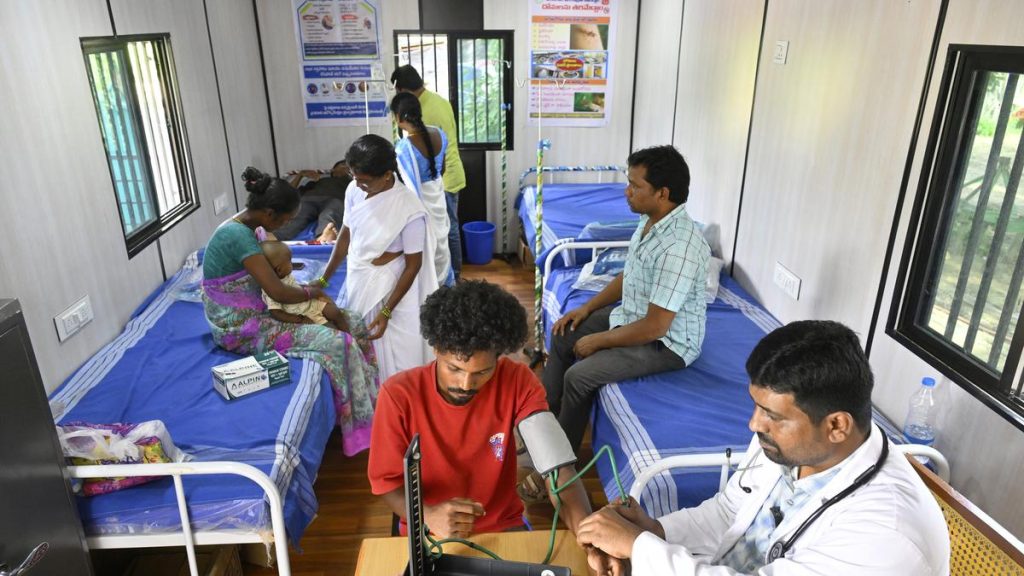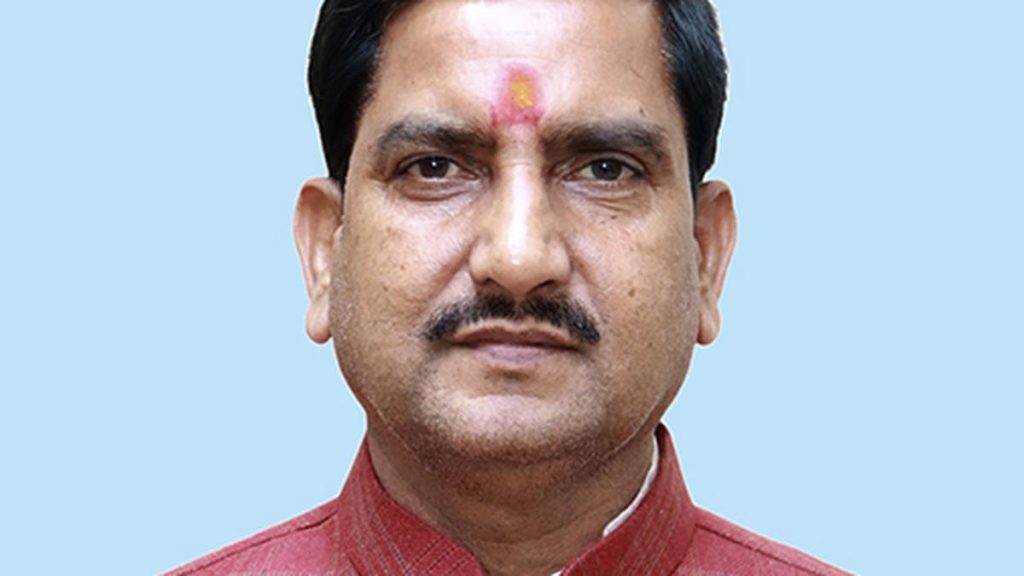Now Reading: Kerala Electricity Board Launches Smart Meter Roll-Out via New Implementation Model
-
01
Kerala Electricity Board Launches Smart Meter Roll-Out via New Implementation Model
Kerala Electricity Board Launches Smart Meter Roll-Out via New Implementation Model

Quick Summary:
- Kerala Smart Meter Roll-out: Kerala State Electricity Board (KSEB) has begun implementing smart meters under the CAPEX model approved by the State government.
- Pilot Installations: The first installations included two government connections in Thiruvananthapuram and seven feeder meters at Kalamassery substation, Ernakulam.
- Phase One Plan: meters will be installed for government consumers,high-tension (HT) consumers,distribution transformers,feeders (11 kV & 22 kV),and Electrical Division boundaries of KSEB. Completion is targeted by November 2025.
- Meter Installation Goals:
– 1.5 lakh single-phase meters for government offices; testing underway on 50,000 units.
– Transformer border meter installations expected by March 2026; HT consumer meters by August 2026.
- Future Plan for General Consumers: KSEB plans too include general consumers with smart meters in later phases of the roll-out.
- Change from TOTEX Model to CAPEX Model:
– Original TOTEX model was contentious due to concerns from power sector unions about consumer impact and potential privatization risks in power distribution.
– Kerala government approved a CAPEX implementation model instead.
– Work order issued to install ~3 lakh smart meters over an 18-month installation period with a maintenance duration of six years.
Indian Opinion Analysis:
The initiation of Kerala’s smart meter system represents a significant move toward modernizing electricity management in the State. Transitioning from conventional metering methods to advanced technologies can not only streamline operations but also provide precise energy usage metrics that benefit both the utility provider and its consumers. However,concerns raised during earlier deliberations about privatization risks underscore that any implementation must be handled transparently.
The phased rollout targeting institutional users such as government offices and HT customers first appears pragmatic since it enables refining processes before scaling them up to general households.While union reservations about consumer affordability persist regarding possible cost-sharing burdens or tariff changes linked with modernization efforts using smart infrastructure technology-these points warrant careful attention as subsequent phases unfold.
If successful, this aspiring project could serve as a blueprint for other States grappling with outdated electric utility systems nationwide-making its outcome pivotal not just locally but across india’s broader energy policy landscape.
For more data: Link.

























